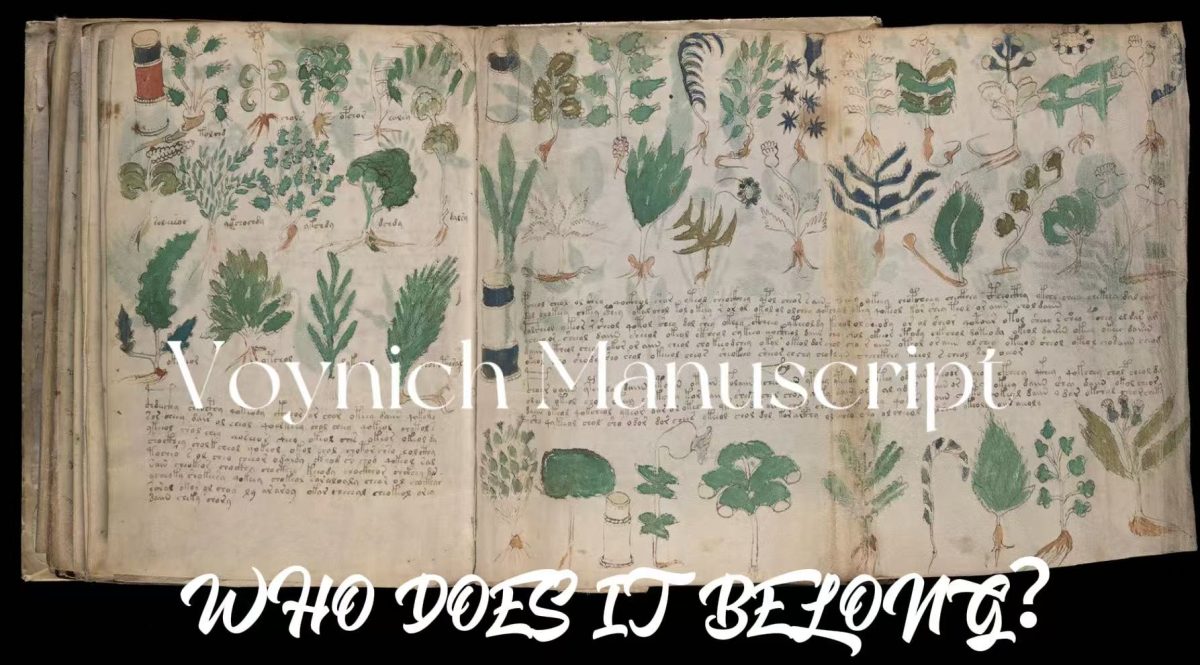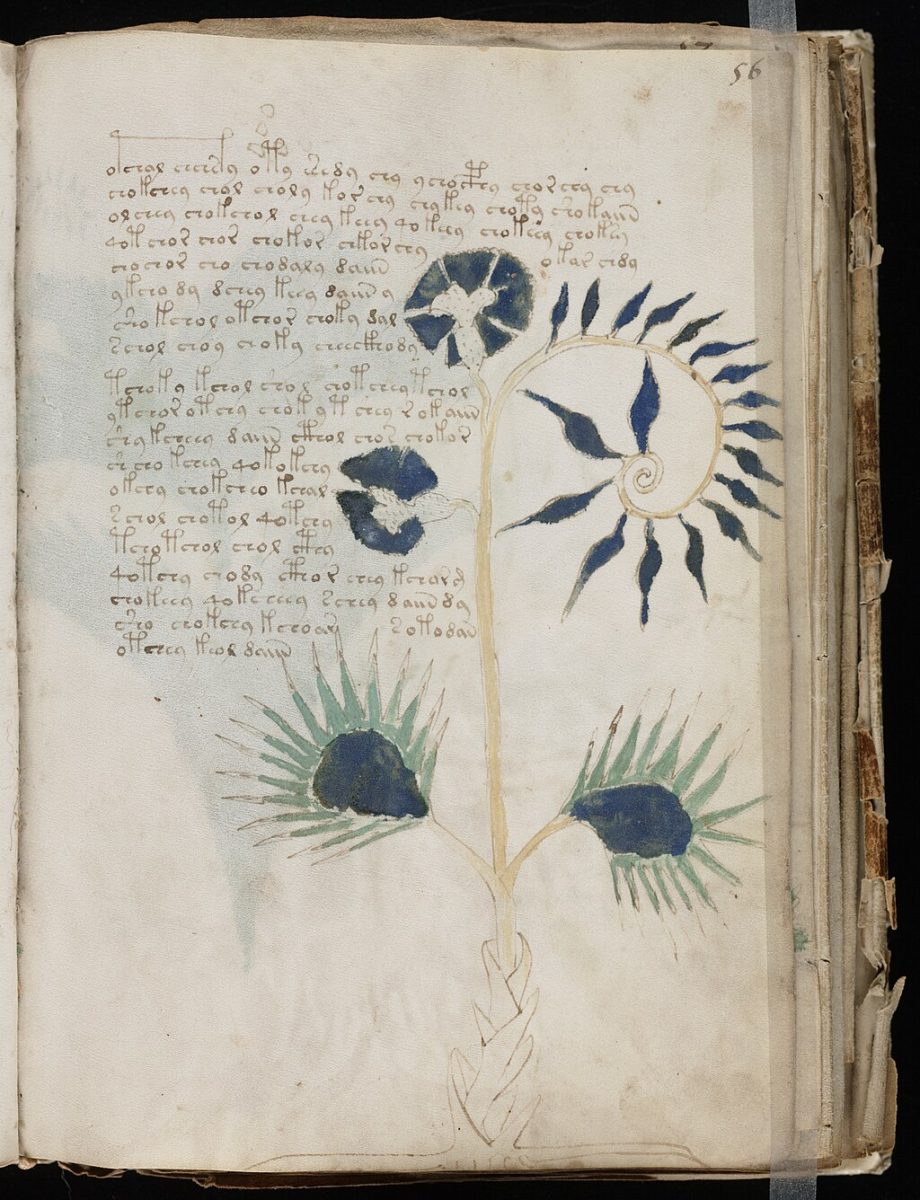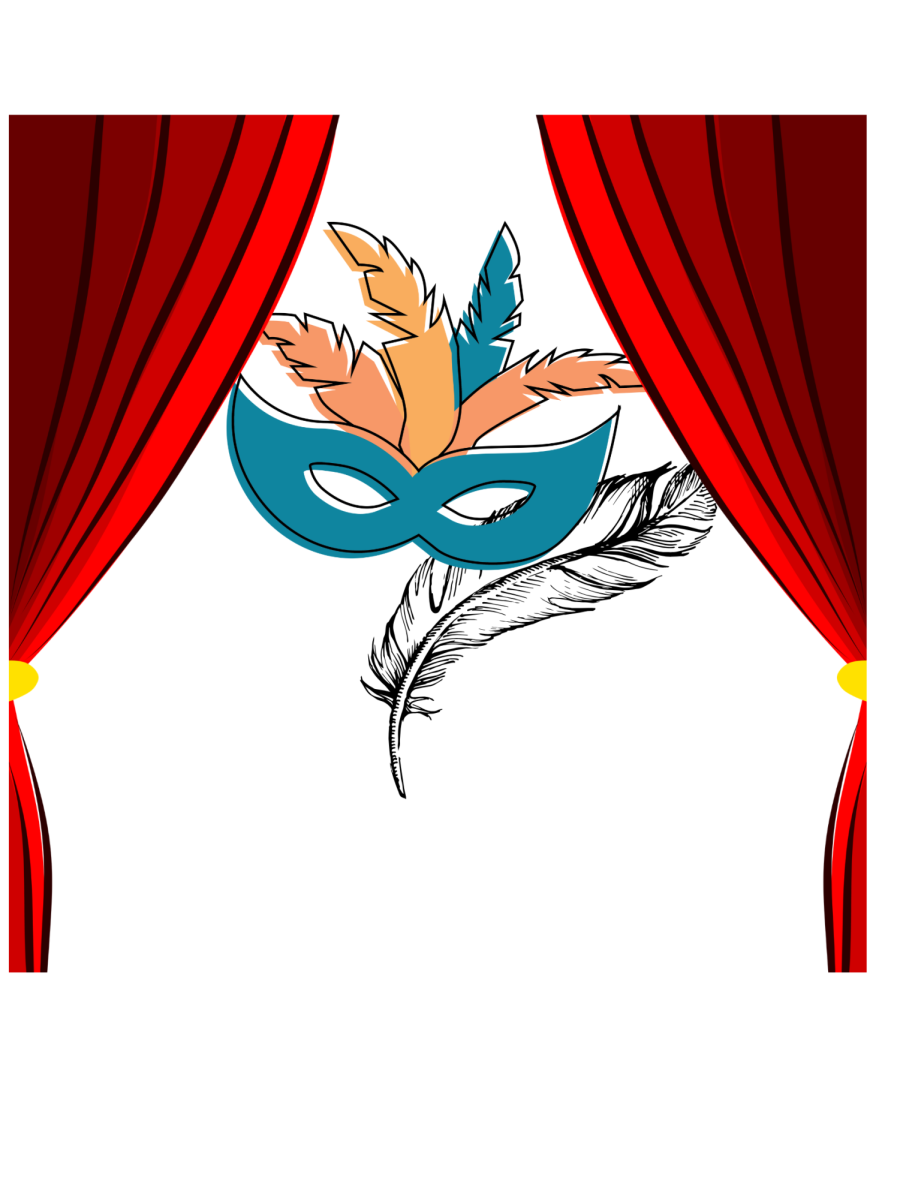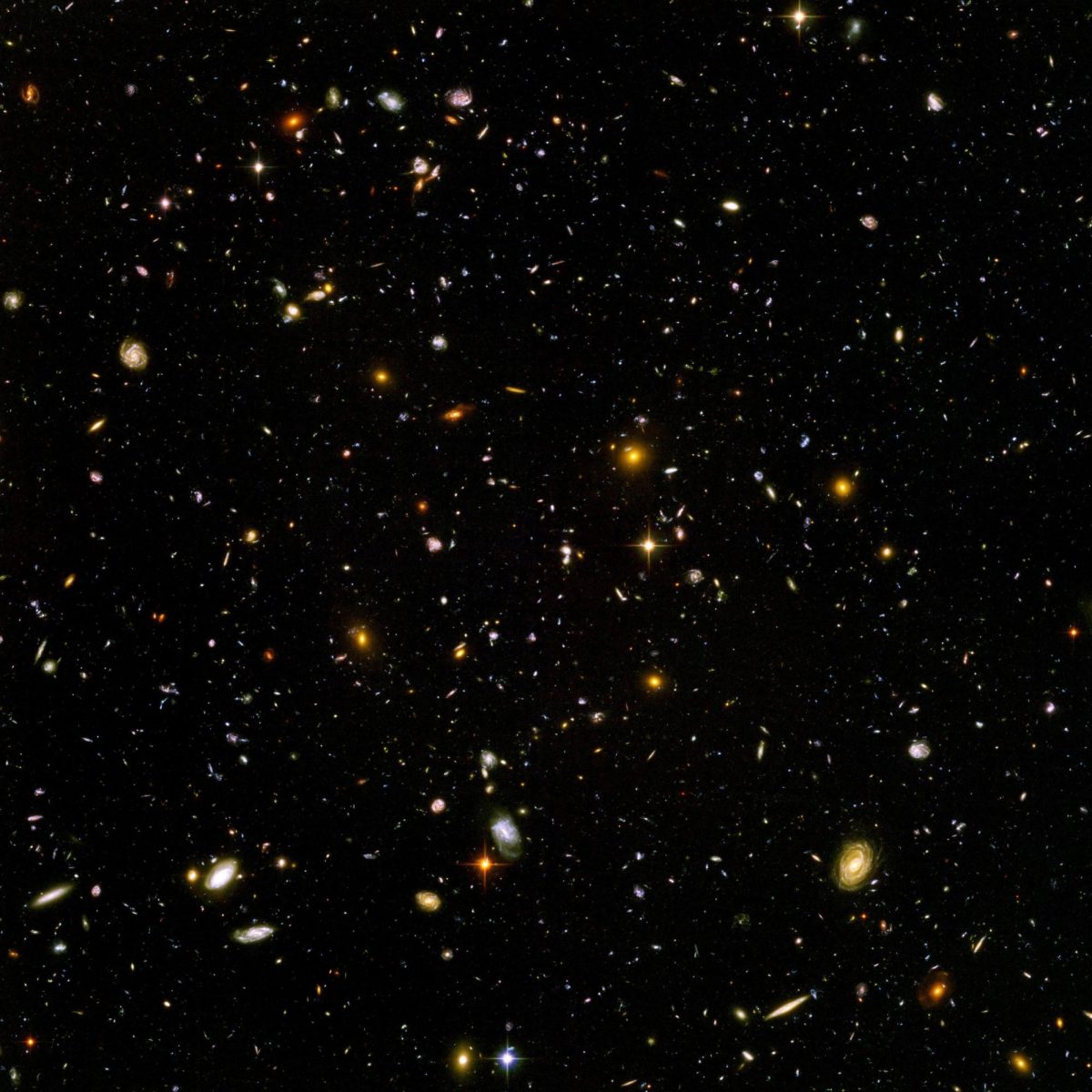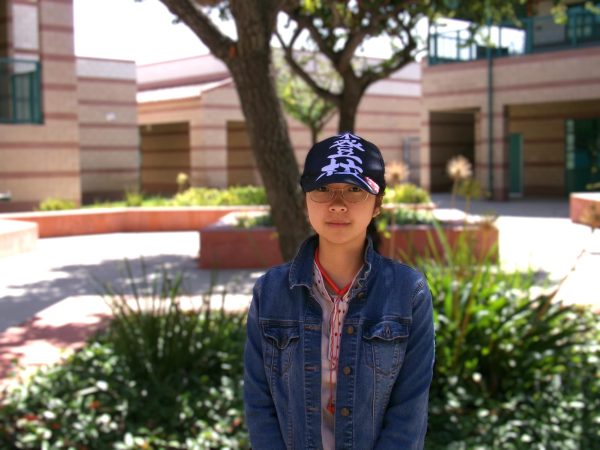The “Voynich Manuscript” is one of the most mysterious books in history. Discovered in 1912 by a rare book dealer named Wilfrid Voynich, this manuscript has puzzled scholars, linguists, and cryptographers for over a century. Written in an unknown language with strange symbols and illustrations of unidentifiable plants, it remains undeciphered to this day.
The book is believed to date back to the early 15th century, based on carbon dating of the vellum pages. Its origins and purpose are unknown. Some theories suggest it is a medical or botanical guide, while others believe it could be an elaborate hoax. The manuscript is filled with strange drawings of plants, human figures, zodiac symbols, and what appear to be alchemical instructions.
Despite numerous attempts to decode its language, no one has succeeded. Some researchers argue it may be a form of an unknown script, a complex cipher, or even an entirely made-up language. In 2019, a researcher named Gerard Cheshire claimed he had deciphered the text as a form of proto-Romance language, but his findings remain controversial.
Many scholars and cryptographers, including those from the CIA and NSA, have attempted to unlock its secrets, but no one has provided a definitive translation. The manuscript is now housed at Yale University’s Beinecke Rare Book & Manuscript Library, where it continues to attract researchers and enthusiasts from around the world.
To gain a modern perspective, I interviewed two students from Eleanor Roosevelt High School about their thoughts on the “Voynich Manuscript.”
Alina Li remarked, “It’s fascinating how a book this old remains a mystery. It makes me wonder if there are other ancient texts out there that we still haven’t been able to understand.”
Alivia Zhang added, “I think it’s possible that the manuscript was created as a hoax, but even if it was, it still holds historical value. The illustrations alone are incredible.”
The “Voynich Manuscript” remains an unsolved mystery, sparking endless speculation about its origins, meaning, and purpose. Whether it is a lost language, a coded message, or a hoax, its enigma ensures that it remains one of the most fascinating puzzles in literary history.

